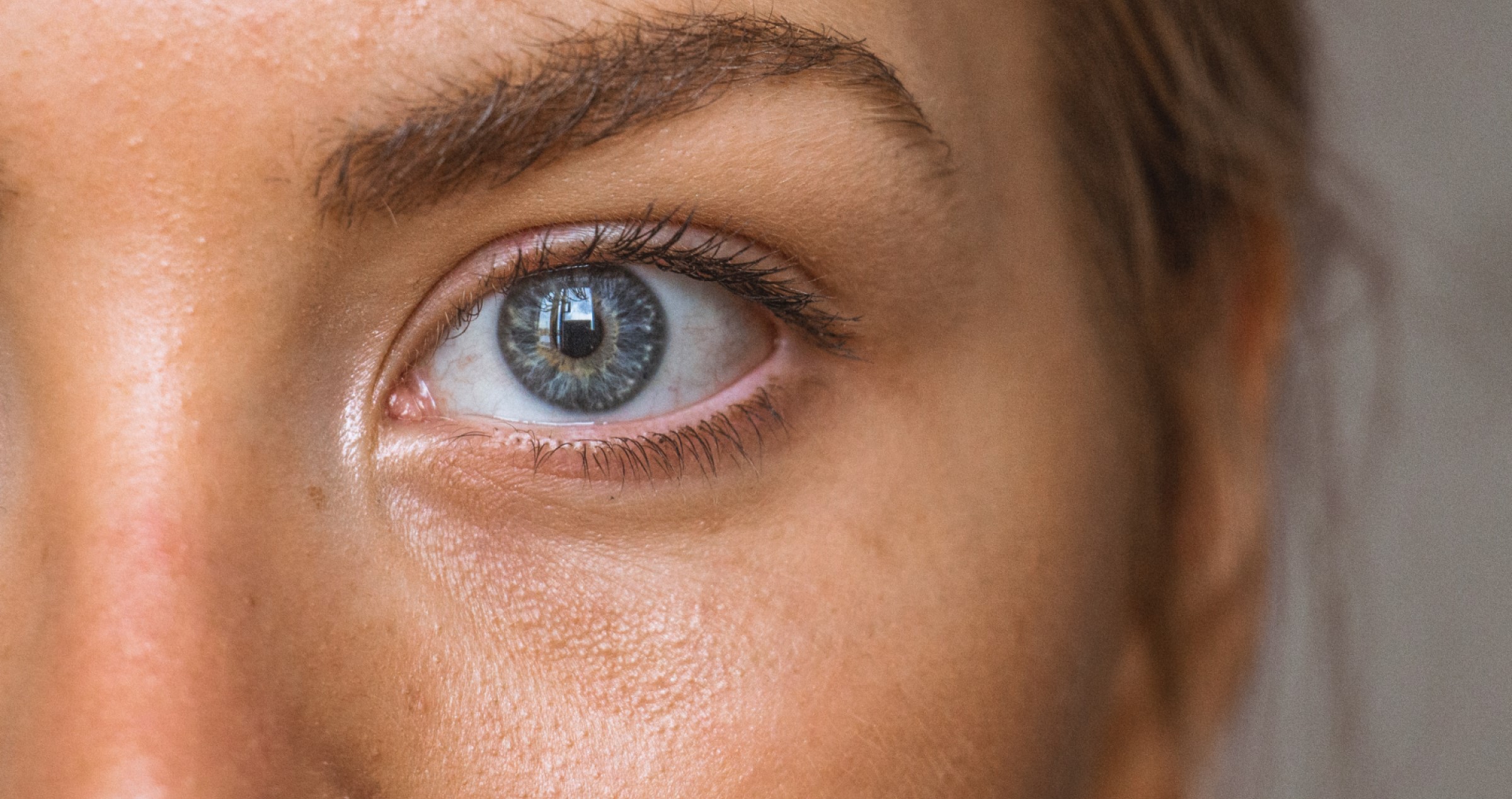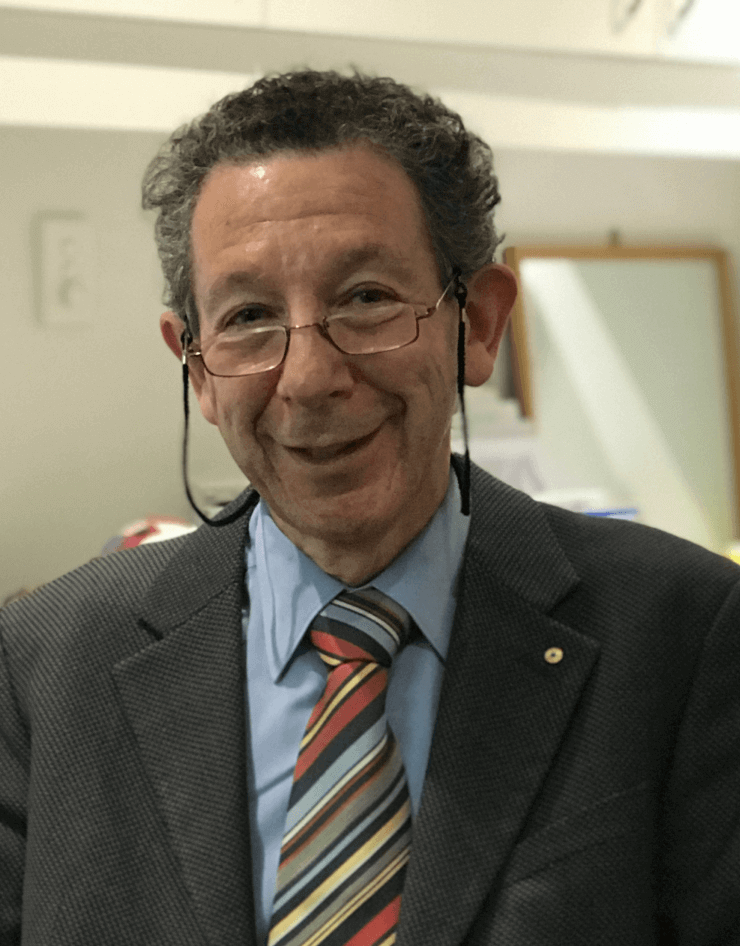Share
Thyroid disease can be a cause of secondary glaucoma. Thyroid over or under activity can be associated with problems in and around the eyes. When it occurs, it is known as “thyroid-associated ophthalmopathy”.

Thyroid over or under activity can be associated with problems in and around the eyes. When it occurs, it is known as “thyroid-associated ophthalmopathy”. The socket in which the eyes are located can be affected by inflammation; fluid and white blood cells can collect in the tissues behind and alongside the eyes causing swelling. This swelling pushes the eyes forwards so that they bulge, the blood vessels around the eyes open wide making them look red and angry and the eyelids pull back. All this makes it very hard to close the eyes properly. The front windows of the eyes (the corneas) can’t be protected adequately and roughness or even ulcers can form. These can become infected, and may heal leaving scars.
As well as pushing the eyes forwards, the swelling of these tissues behind and alongside the eyeballs increases the pressure inside the eyes in at least three ways: firstly, simply by pressing on the back of each eyeball, secondly, by making the tissues less elastic so that when the little muscles alongside the eyes try to contract and move the eyes from one position to another (an essential part of being able to see efficiently) they have to pull against tight resistance and thirdly, the pressure inside the veins around the eyes goes up. It is into these veins that the fluid from inside the eyes drains, so if the venous pressure rises, so does the upstream eye pressure. Eye pressures can fluctuate widely, with maximal pressures reaching even into the 40 – 50 mm Hg range.
Such pressures can lead to damage to the optic nerve fibres in precisely the same way as in any other glaucoma. This type of glaucoma is known as “secondary”, because we can identify a cause for the eye pressure elevation.
Treatment is at two distinct levels. Both general health and eye health need to be assessed and managed independently but simultaneously. General practitioners and endocrinologists assess the status of the thyroid gland function and treat as needed to achieve a normal level of thyroid hormone and to eliminate inflammation. Other health problems like high blood pressure, elevated cholesterol and sugar intolerance (diabetes or a tendency to diabetes) must be identified and controlled. This is especially important if steroid type drugs need to be taken by mouth, as they can increase blood pressure (as well as eye pressure) and predispose to diabetes. If they are used to reduce inflammation in the tissues around the eyes, by decreasing the tissue swelling, they can improve the eye situation and eye pressure dramatically. As always in medicine, one needs to maximise the benefits from drugs or techniques, and minimise possible side effects.
Management of the eyes involves using particular types of anti-glaucoma drops to reduce eye pressure and other steps such as strong lubricants to protect the front surface of the eyes and to achieve comfort for the patient. Raising the head of the bed by placing blocks of wood or bricks under its legs can reduce the swelling around the eyes as well. Sometimes stronger measures become necessary, such as (often temporarily) sewing the outer parts of the upper and lower eyelids together (lateral tarsorrhaphy) or even surgically decompressing the tissues behind the eyes. Most useful amongst the anti-glaucoma drops are usually those that come from the classes of beta-blockers, alpha-2 agonists or carbonic anhydrase inhibitors. Miotics and laser trabeculoplasties seldom work.
In extreme situations, glaucoma drainage surgery may be needed. This carries more risks than usual, and particular steps are taken by the surgeon to minimise complications and to maximise the chances of successful pressure control.
Thyroid-associated ophthalmopathy is usually a self-limiting condition – although it can take some years to abate. The aim is to preserve vision until it does so. For a good outcome, care of the cornea and the optic nerve are equally important, along with optimal general health. If this can be achieved, the outlook is usually good.



